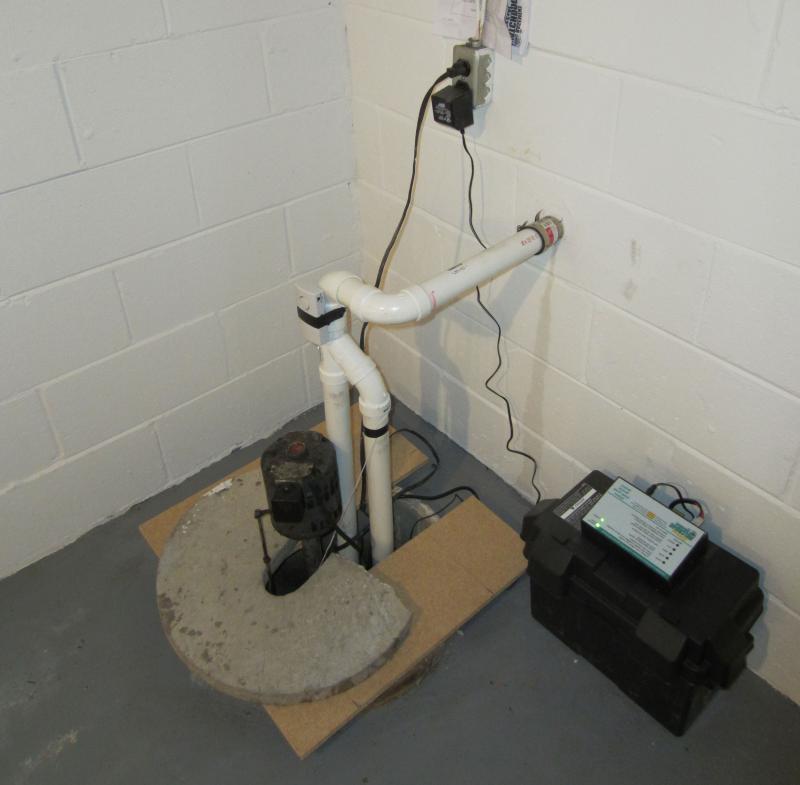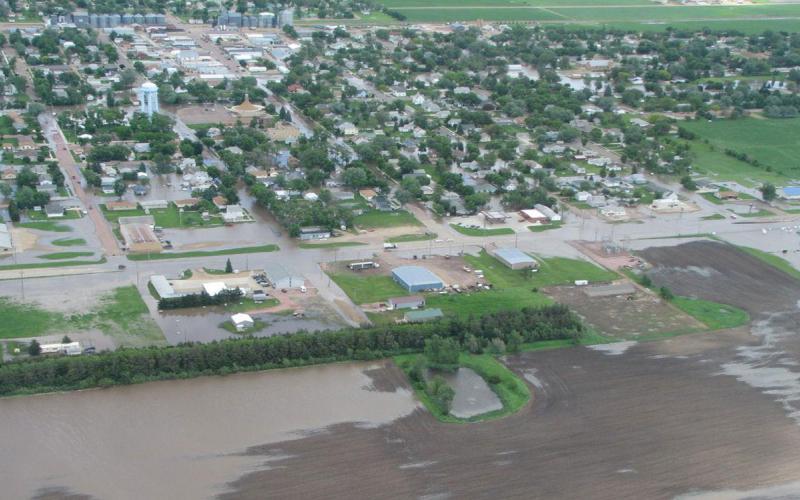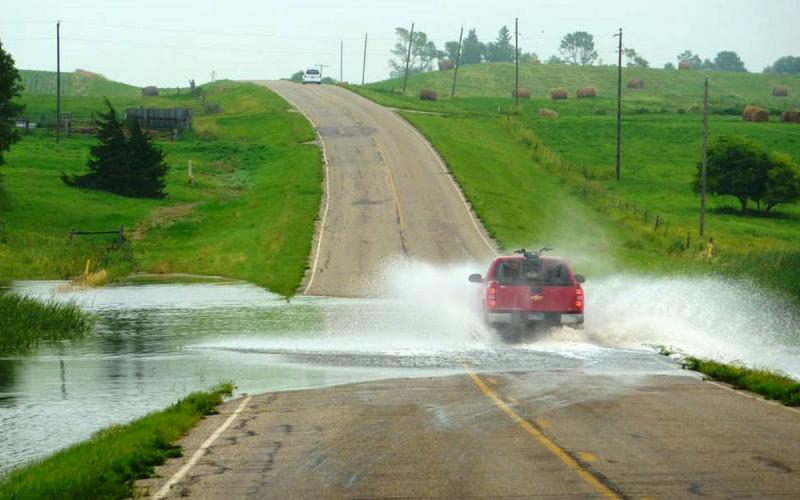Written by John McMaine, former Griffith Endowed Assistant Professor & SDSU Extension Water Management Engineer.
For many homes with a basement or crawl space, a sump pump and drainage system can help reduce the risk of a basement flooding from high water table situations. Perforated pipe is installed around the building’s foundation which directs water into a sump area in the basement. The sump pump then pumps the collected water out of the sump away from the house. If the pump is not functioning properly, then the water will build up in the sump and the basement is at risk of flooding. If the drainage system is not functioning properly (plugged, crushed, or improperly designed or installed), then water can build up around the foundation and is more likely to enter the basement through walls, floors, or the joint between the floor and wall.
Here are a few tips for making sure your sump pump is working as it should and you are not causing problems for your neighbors downstream.
Checking the Pump Before the Flood

There are three main things to check: clogging of intake, on/off switch, and pump operation. Before testing the pump, make sure the pump hose outlet (outside the house) is clear and water will be able to flow freely from it.
- Unplug the sump pump and remove the sump lid. Visually inspect the intake of the pump first and then feel the inlet with your fingers to make sure it is free of debris and not clogged. Be sure the pump is unplugged before touching the pump.
- To test the on/off switch, first make sure the pump is plugged in. Plug the tile outlet if it is near the bottom of sump. If you don’t plug the tile outlet, you will have to backfill part of the tile and the sump to raise the water level in the sump. Once the tile outlet is plugged, slowly fill the sump with water (try to approximate how fast water would flow in through the tile. Watch the float switch and see if it is catching or is moving freely. Make sure the pump turns on when the float switch has reached the appropriate level. Repeat this process at least one more time to ensure the switch is functioning as it should.
- Continue adding water to allow the pump to run for 10 seconds. Listen for anything strange as the pump runs. If the pump seems to be struggling to pump the water or if it sounds irregular, this may be a sign that the pump is reaching the end of its usable life or it may need to be fixed. This should be addressed to make sure the pump doesn’t fail when you need it the most.
Pump Operation
Now that you are sure that the pump is functioning well and you can be reasonably assured it will not fail you during a critical time, there are other steps to follow to make sure your basement stays dry and you are not causing problems for downstream neighbors. The most important step to consider here is where the water is going that you are discharging with the sump pump.
- Do not discharge the sump pump into the municipal sewer system. Not only does this cause potential problems for your neighbors downstream, there are also ordinances in many cities that prohibit this. Discharging water in the municipal sewer system can overwhelm the capacity of the system which can cause sewage backups in the community. In other words, discharging your sump pump into the municipal sewer can lead to sewage backing up into your neighbor’s basement.
- If you have a septic drain field, do not discharge the sump pump in this area or into. This can saturate the drain field which limits its ability get rid of wastewater. This can also lead to sewer backups into your basement. Typically, under saturated conditions, the drain field is at its limit and adding sump pump discharge only makes the situation worse.
- If possible, discharge the sump pump at least 20 feet from the house. Discharging the pump close to the house will cause the water to percolate back to the foundation, be collected in the drainage system which flows into the sump, and is pumped back out by the sump pump, creating a loop.
- Do not discharge the pump onto a neighbor’s lot or into window wells.
Additional Resources
North Dakota State University has some very helpful additional resources including videos and pictures for checking and maintaining sump pumps, information on how to set up back up sumps, and other useful information.
- Sump Pump Questions, NDSU.
- Sump Pump Tips, NDSU.
- Electric Backup Sump Pumps for Houses, NDSU.


